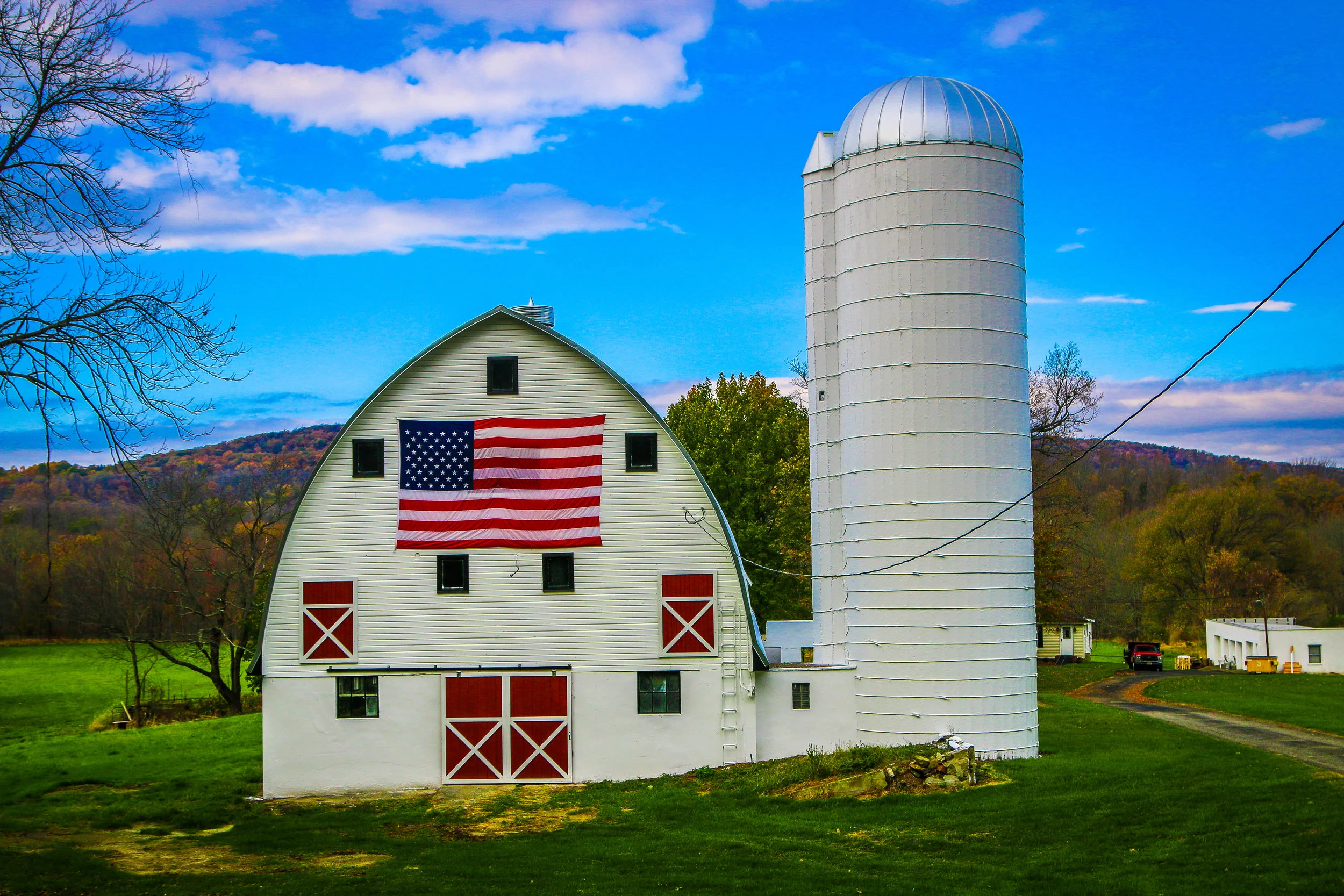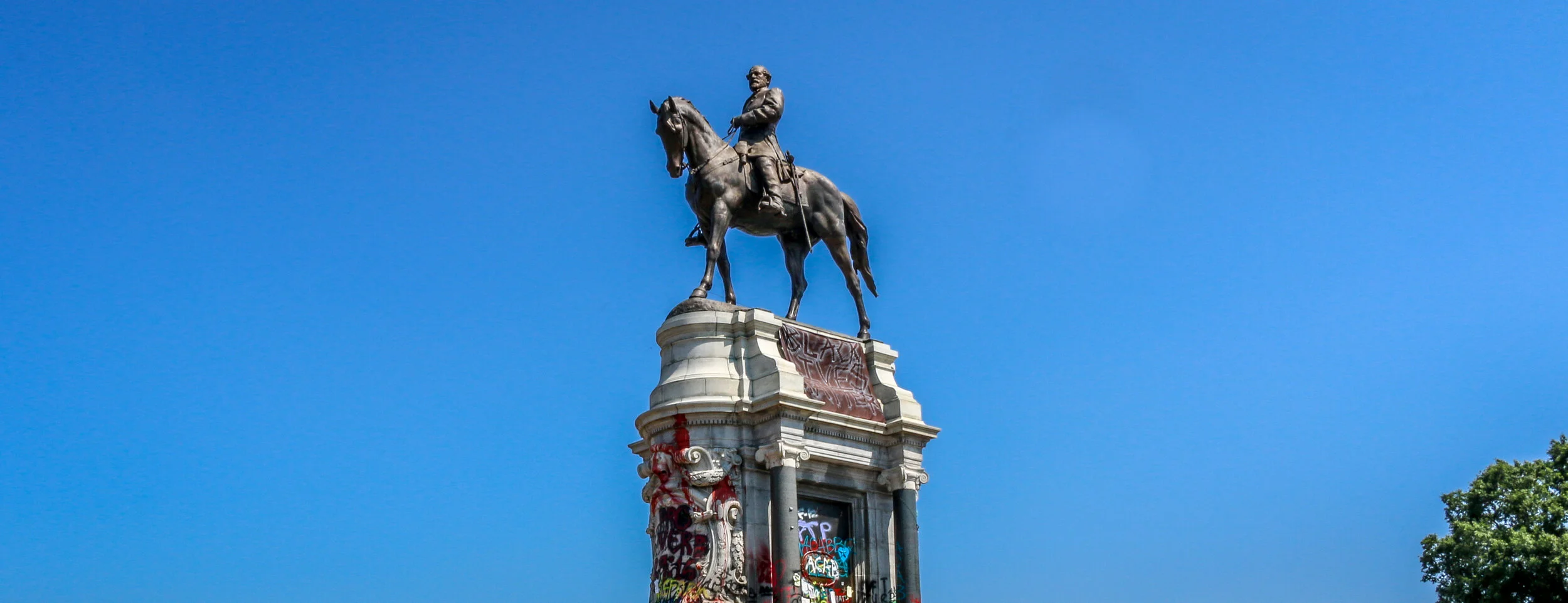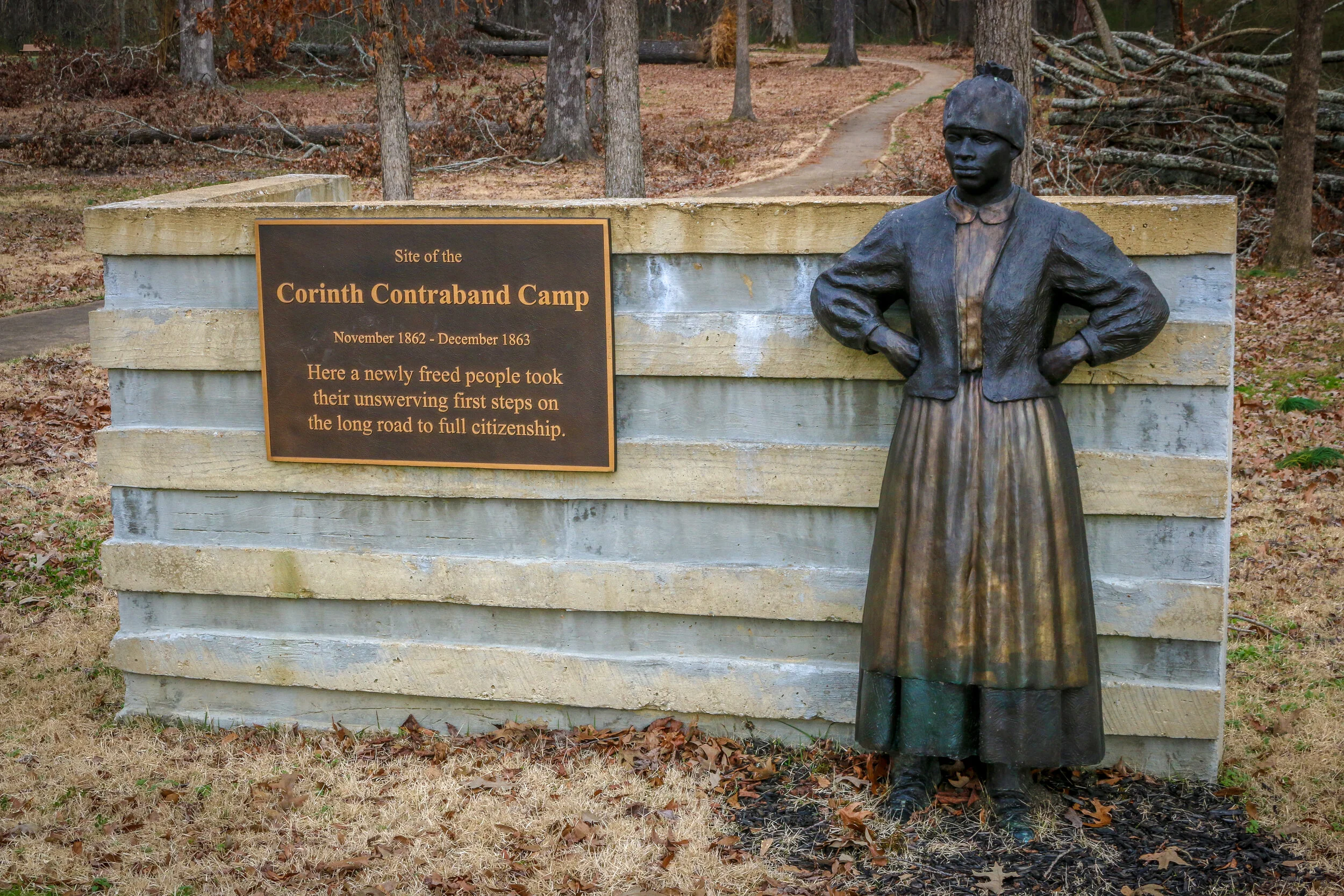The area that is now Wickenburg was once Yavapai Indian land and the river that runs through it is the Hassayampa which means “following the water as far as it goes” in the Yavapai language. In 1863, German prospector Henry Wickenburg came to the area in search of gold. He found it and opened the Vulture Mine which would eventually produce 340,000 ounces of gold and 260,000 ounces of silver.
Ranchers came to the area as well and soon a community sprang up. In 1895, the railroad came through Wickenburg which spawned even more growth. The town was incorporated in 1909, making Wickenburg the oldest Arizona town north of Tucson and the 5th oldest in the state. In 1866, Wickenburg missed being named the territorial capital by just two votes.
Today Wickenburg is a quaint little community with a real wild west feel to it (some of the light posts are even wearing cowboy hats). There are some amazing art installations around town and the Desert Caballeros Western Museum is one of the best in the state. I love the design of the Saguaro Theatre which was also probably my favorite theatre in Arizona. You’re never alone when you’re in Wickenburg as life-like statues are spread throughout town making for a family friendly feel. I hadn’t planned on staying long in Wickenburg, but it’s a great town worth exploring and I was there way longer than I expected to be. Next time you’re in this part of Arizona, stop in for a spell. You’ll be glad you did. I hope you enjoy these photos from tiny Wickenburg - the Dude Ranch Capital of the World.
Battle Creek was home to the Potawatomi people long before white settlers arrived in the 1820s. The completion of the Erie Canal brought a wave of people into Michigan seeking work in the lumber industry and the town of Battle Creek was formally established in 1839. During the antebellum period, Battle Creek served as a minor but frequent stop on the Underground Railroad and in 1857 abolitionist Sojourner Truth chose it as her new home where she would live until her death in 1883. In the late 19th Century, the Battle Creek Sanitarium opened as a health resort for the rich and famous. Some of its more famous guests were President Warren G. Harding, Mary Todd Lincoln, Thomas Edison, Amelia Earhart and Henry Ford. The manager of the Sanitarium was Dr. John Harvey Kellogg whose brother William also worked there. I’ve read several accounts of how they accidentally created their now-famous corn flakes, but however it happened, they were a hit. A lesser known guest at the Sanitarium, C.W. Post, took the cereal idea and ran with it, setting up his own Post Cereal empire in Battle Creek. Between Post and Kellogg’s, Battle Creek has taken the nickname Breakfast Capital of the World, or, less seriously, Cereal City. Because these two successful brands still call Battle Creek home, the city looks great. The downtown area is vibrant and full of unique artistic flourishes and beautiful murals. There is a wonderful walking path along Battle Creek River and some great bars and restaurants around as well. Although it was quiet when I was there, I really enjoyed my visit to Battle Creek and I hope you enjoy these photos from Cereal City.
Hello everyone, well another week has rolled by us and it has not been a bad one here on the homefront in Washington D.C. One of my friends got engaged this week, another announced a pregnancy and still another welcomed a new grandchild into the world so those were some real positive boosts. I’ve been getting some good walks in around the neighborhood despite mid-summer temperatures and high humidity levels and have been enjoying the podcast Civil War Talk Radio as I walk. It’s been great to hear some expert historians discuss some very specific issues of the war. I’ve been trying to keep myself hydrated which as silly as it sounds has been really helping me feel better. I’m usually really good at hydrating, but seem to have let it slip amidst all of the chaos of late. I’ve also been trying to keep a little further from the news and have been picking my guitar more and reading some less heavy material. I’ve started rereading Steinbeck’s Travels With Charley, one of my favorite American travel books of all time, as I start to gear up to get back to writing my own book. I had charged ahead with it when I first got home, but realized I needed to focus more and plan it out a little better to keep the story moving and make it more readable and interesting. That’s tough because every day I was out on the road was a new adventure and had an impact on the journey, but the book can’t be a thousand pages long, so I will need to map it out a little better. I hope to start putting pen to paper a little later this week.
Also this week I decided to pick up a violin seriously for the first time in 30 years. When I was in Junior High School, I used to play violin and I was actually fairly decent at reading music. Unfortunately, I was not very interested in it because I didn’t know any of the songs my teacher wanted me to play. While she said I played them well, how could I know? I have always likened it to cooking a recipe for something you’ve never eaten before, you may think it tastes just fine, but if you don’t know how it’s supposed to taste, you’d never know. Anyways, in the intervening years, I’ve seen the violin played in very different styles of music in my travels around the country and around the world (although in these styles it’s often referred to as a “fiddle”, it’s the exact same instrument). I’ve seen lots of live bands playing traditional Irish music or country, mountain and folk music and I really enjoy it. About 2 years ago when I was in Nashville I went ahead and bought one thinking I’d give it a shot on the road – it’s a relatively small instrument and I found a place for it in my van. I had romantic images in my head of sitting in the back of my van at night and playing beautiful music before bed. Sadly, I realized that the violin actually takes some space to play with the bow going up and down and my van was too tight to really make it happen. And so it just sat there. I found the space for a guitar instead which takes more room to carry but less room to play. This week I pulled out that violin though and took it for a spin. I was pleasantly surprised that with a little refresher from a book and the internet I could remember how to read music and with some sheet music of songs I actually know I could actually play them that first night (not well, but recognizable). I was impressed and really enjoyed it. Sadly, when I pulled it out last night the bridge fell off and I spent an hour trying to restring it and it was generally a big frustrating mess. But I hope to get it fixed and continue playing with it. This was another big plus this week.
The news has, as always seems to be the case recently, been a big minus. Covid cases continue to grow at a rapid rate in the U.S. and people continue to ignore it. Although we have only about 4% of the world’s population, I believe we now have over a quarter of the world’s cases…
The Corinth Contraband Camp was established in the wake of the Battle of Shiloh and the subsequent occupation of Corinth by the Union Army. Enslaved people in the area fled behind Union lines, seeking safety from their masters with the Union Army. The army saw the strategic value in providing these people a safe haven. The former slaves were put to work to aid the war effort, and were paid for their time and allowed to pursue an education with missionaries who came from the North. They built homes and gardens for food and even planted cotton to aid the Union Army. Many young men who made their way to the camp enlisted in the army – first used as cooks and laborers and later armed as the 1st Alabama Infantry Regiment of African Decent (later the 55th U.S. Colored Troops). These troops were used in combat at Brices Crossroads and Waterford in 1864. The camp was a model for others of its kind springing up across the South. It was the first step for these people on their road to freedom. More than 6,000 people passed through the Corinth Contraband Camp during the year it was operational. The camp was abandoned in 1864 as Union efforts consolidated in Memphis, and not much remains there today. The open site is part of Shiloh National Battlefield, and the wonderful sculptures in these photographs were produced by Larry Lugar, a sculptor from nearby Memphis. I think they are wonderful depictions and show the determination these newly freed people showed under adverse conditions during their time there. It might not have been paradise, but for the first time in any of their lives, they were free.
The Battle of Shiloh took place on April 6th and 7th, 1862 in the woods near the Tennessee River just north of the Mississippi border. The battle takes its name from a log church which was there at the time and built by the settlers in the area. The word ”Shiloh” sadly comes from the Hebrew for “Place of Peace”, but in our history it will forever be remembered as a place of terrible, bloody conflict. The Union was moving down the Tennessee River with the hopes of capturing and controlling the Mississippi River Valley. One of the keys to that goal was the important railroad crossing in nearby Corinth, Mississippi, which linked the Mississippi and Charleston and the Mobile and Ohio Railroads. The first was the only rail link between the Mississippi River and the Atlantic Ocean. After a decisive victory at Fort Donelson and the subsequent falls of Nashville and Clarksville, the Union Army set their sights on Corinth, and the Confederacy rushed to reorganize and defend it…
Florence, Alabama is a really neat little city in the far northwest corner of the state. It is part of a region referred to collectively as The Shoals, which includes the towns of Muscle Shoals, Tuscumbia and Sheffield. Florence sits right on the Tennessee River, and was named for the city in Italy by the Italian surveyor who helped lay out the original plan. Florence is the hometown of both W.C. Handy and Sam Phillips, so musical traditions run deep in the area. In fact, it seemed like the arts were well represented in general there as is displayed by the beautiful street art you’ll see in this post. During my visit I also caught a wonderful performance of The Best Little Whorehouse in Texas at the beautiful Shoals Theater, right in the heart of town. I really enjoyed wandering the streets of Florence and spending some time in the riverfront McFarland Park. While I spent my days touring nearby FAME Recording Studio, Muscle Shoals Sound Studio and the birthplace of Helen Keller, I kept finding myself drawn back across the river in the evening to experience all this town had to offer, from nice restaurants to some cool live music venues. While there is so much to see and do in this part of Alabama, be sure to save some time for a stroll around downtown Florence, “Alabama’s Renaissance City”. You’ll be glad you did.







